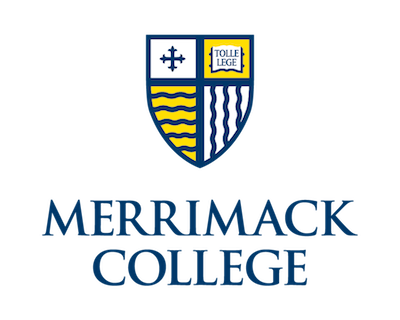Below is a summary of the abstract you submitted. Presenting author(s) is shown in bold.
If any changes need to be made, you can modify the abstract or change the authors.
You can also download a .docx version of this abstract.
If there are any problems, please email Dan at dar78@pitt.edu and he'll take care of them!
This abstract was last modified on March 16, 2021 at 10:41 p.m..

Leozinho and Ghoulboy are two M. smaegmatis infecting phage isolated by the Merrimack College SEA PHAGES team. They were both collected in the same backyard north of Boston Massachusetts, Leozinho from a compost bin and Ghoulboy from a chicken run. Both are temperate phage of the siphoviridae morphotype. Ghoulboy is a cluster A5 phage of 51190 bp. It has a serine integrase, in reverse orientation as well as two tRNAs more than 40 kb apart, the second in the reverse orientation. It’s nearest homologs are Zolita and Aragog, and it has a typical A cluster genome organization with the proximal half genes in the forward direction and the distal half in reverse. Leozinho is a cluster F1 phage of 54280 bp, with a tyrosine integrase and a single tRNA in the reverse orientation. It is most closely related to Seagreen. Nearly all of the genes are in the forward direction. The genome organization is characterized by a very long stretch of small proteins at the distal third of the genome, many of which have no known function. A protein close to the beginning of this stretch is also found in the F1 phage Fruitloop. Fruitloop gp52, of pham 51376, is a superinfection exclusion protein, shown to prevent secondary phage infection by a specific cluster in early lytic phase growth (Ko and Hatfull 2018). It is interesting to speculate that many such small proteins may somehow prevent superinfection of particular clusters, and that having many of these genes can be important for survival in environments with robust and varied phage populations.
